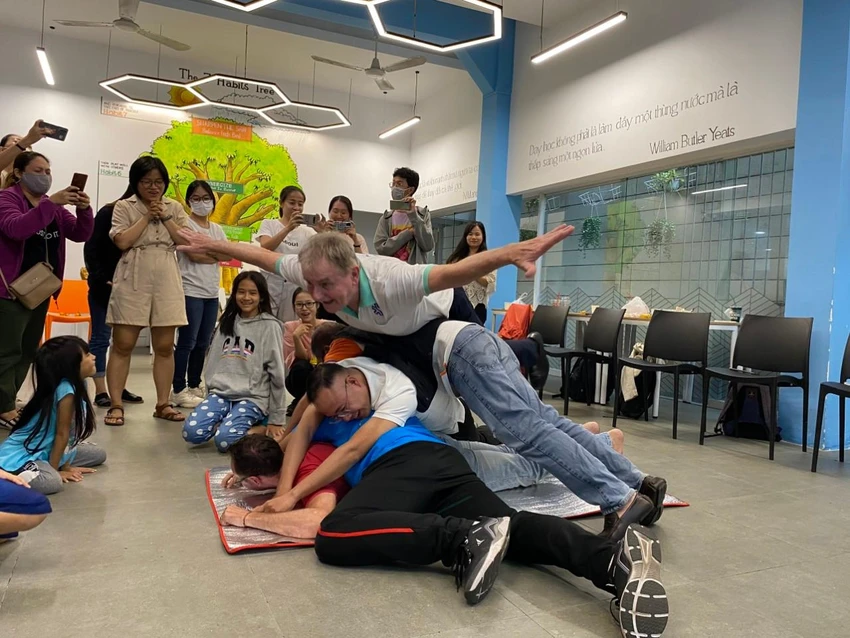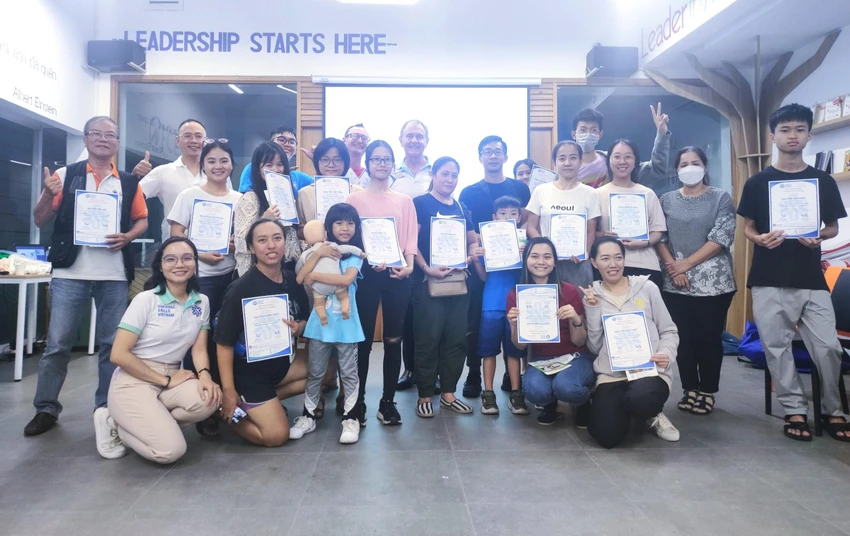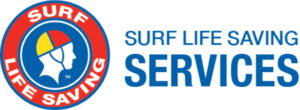Haunted by the times of jostling to go to the temple and watch fireworks, and recently the tragic stampedes, the U70 man decided to “learn from the master” in a survival skills and first aid class and share his story.
Lately, reading the news, I have been constantly shaken by the stampede disasters with the death toll reaching triple digits.
Crowded scene
The stampede at Kanjuruhan football stadium, Malang Regency (East Java, Indonesia) claimed the lives of 127 people. Next, on the night of October 29, 153 people died due to crowding in Itaewon Street (Seoul, South Korea). On November 1, 141 people died when a suspension bridge collapsed over the Machchu River in Morbi town (Gujarat state, India). Previously, in 2010, a horrific stampede at the Rainbow Bridge (over 100m long) connecting Phnom Penh (Cambodia) with Diamond Island during the water festival – Bon Om Touk killed 456 people.
At my age of nearly 70, I’m not afraid of death but I don’t want to die unreasonably like that. Until now, I am still haunted by the time I crowded to go to Ba Pagoda (Binh Duong) on the full moon day of January more than 30 years ago. At that time, the traffic was so jammed that the car doors could not be opened. The traffic was stationary for hours, the sound chaotic. I’m afraid the bridge will collapse. Luckily, I escaped this scene a few hours later. From then on, I vowed not to go to crowded temples anymore.
There were a few times when I went to see fireworks on New Year’s Eve. The crowd was so crowded that I had to carry my child on my neck. The crowd grew larger and larger, but fortunately nothing unfortunate happened. I’m increasingly afraid of crowds because I don’t want to make myself a victim.
I decided to “seek a teacher to learn from”, first to save myself, then to help the community. Luckily, on this occasion, the “First Aid and Survival Skills” class organized by SSVN (Survival Skills Vietnam) took place. Classes taught by foreign experts. I quickly signed up but still had to wait two weeks for my turn.
Young and old study together happily
I’m still eager to go to school at an old age, so I took the opportunity to come early to get acquainted. The class is full of young people, some are kids, around 2nd or 3rd grade. There were two old men in their 70s: Mr. Tony Coffey, SSVN Training Director, 65 years old, and me, 2 years older than him. Mr. Tony Coffey is also a leading expert of the Sydney Lifesaving Association and the New South Wales Lifesaving Academy (Australia).

Instructor guides how to escape when being hit or kicked.
The classroom is warm and intimate, like a big family of three generations living under one roof. Mr. Tony looks much younger, probably because of the environment where he always works with young, enthusiastic, and talented people. The class has 20 students, mostly 8X, 9X. There are three friends in high school, two in grade 1, one in grade 3. Three kids followed their parents to study because it was Sunday and there was no one to look after them at home. Studying with young people, I feel younger, sometimes I forget my old age.
Having taught at university and attended training programs at the Ho Chi Minh City First Aid and Disaster Prevention Training Center (established in 2007), I still remember that students all said that “First Aid is the shortest but most useful and practical subject throughout the 4 years of university.” Coming to this class, I am still surprised by the content and teaching method. Before class, students are given a test on first aid knowledge.
Journalist Pham Tuan Nghia, who goes to school with his two children (in grades 1 and 3), confided: “The class is great, helping students understand the principles of SCC – Preserving the victim’s life – Preventing the victim’s situation from getting worse – Promoting the victim’s recovery – Protecting the victim from other dangers. Along with that is the priority and order of injury treatment to determine the victim’s position (conscious and unconscious)”. Mr. Nghia is passionate about the contents: cardiopulmonary resuscitation to first aid for stroke, cerebrovascular accident, myocardial infarction, sudden cardiac arrest, stroke identification signs FAST (Face, Arms, Speech, Time)…

Young students practice CPR and mouth-to-mouth resuscitation in class.
Devin Kurtis Bond (USA), the only foreign student in the class, shared his interest in how to handle situations that may occur in life such as: choking on foreign objects and food, blood loss, nosebleeds, shock identification, first aid for drowning, types of burns, first aid for dog bites, jellyfish, barbed fish… He also appreciates the way to guide escape from jostling crowds, trampling, fires, and family escape plans.
Devin asked Mr. Tony in English but discussed and practiced, speaking Vietnamese like a Vietnamese person, even though he had been in Vietnam for less than 5 years. Devin joked: “The fastest way to learn a foreign language is to marry a woman who speaks the language you want to learn. Unfortunately, I want to learn many languages but I can only marry one wife.” Devin is an English teacher and runs a travel agency in Ho Chi Minh City with his wife.

Students practice first aid skills for traffic accidents in class.
Turn dry content into engaging content
Dang Ngoc Tin, a former student of Hutech University, said: “When I was a student, I studied SCC but it was mainly theory. Now that I study it again, I feel it’s really meaningful. I really enjoyed the practical part, especially the disaster survival practice and the situational questions.”
As for the three young students, although they were spectators, they also enthusiastically participated in the practice, playing the role of children who had an accident.
Tin, a third grader, son of journalist Pham Tuan Nghia, keeps asking his father: “When will our SCC class be available?” (a class specifically for children under 10 years old). Tin is “small but mighty”, can swim 40 laps in a row in the pool (more than 1 km) and row a sub across the river. Three children enjoyed practicing first aid on dolls (infants).
The great thing about teachers and teaching assistants is that they turn dry content into something interesting with lively, laughter-filled practice sessions, despite the 6-decade generation gap (7-67 years old). During breaks, students take advantage of the opportunity to ask the teacher more questions or practice with each other. After class, many students still stayed behind, chatting animatedly.
At the end of the course, students will be granted a “Certificate of Completion of Basic First Aid & Cardiopulmonary Resuscitation Training Course” by SSVN with a “Level 1 First Aid & Escape Instruction Manual”. The handbook helps students systematize the content and operations they have learned with many beautiful and vivid illustrations. After learning, reading will see the full value.

Students are granted a “Certificate of Completion of Basic First Aid & CPR Training Course” by SSVN along with a “Level 1 First Aid & Escape Instruction Manual” after the course.
SSVN has many survival skills activities aimed at the community, especially people with disabilities. Tuition fees are flexible depending on the number of students. In my opinion, disaster prevention should be separated into its own class. I wish all Vietnamese children were like Tin, 3 years old, good at swimming, 9 years old, good at reading and martial arts.
SSVN certification is one of the ISOs that enter the lives of Vietnamese youth, especially when getting married. U70 goes to SCC, still excited for 8 hours and healthy. I will take more practical survival skills classes to help myself and contribute to helping others. Young people, why not?
The SSVN program is always updated with the latest information from the International Liaison Committee on Resuscitation (ILCOR).
Prestigious teaching staff, trained abroad. Practical content, scientific operations, rich application. Especially Mr. Tony’s way of inspiring, simple, witty and very pedagogical. No training but hands-on practice, over and over again.
Source: NGUYEN VAN MY, Chairman of Lua Viet Tours





